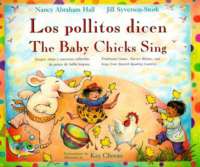
A bilingual collection of children’s songs, rhymes, and games celebrates playtime while investigating the culture of Spanish-speaking countries, in a colorful anthology that also includes musical arrangements.
Catalog sorted by age group

A bilingual collection of children’s songs, rhymes, and games celebrates playtime while investigating the culture of Spanish-speaking countries, in a colorful anthology that also includes musical arrangements.
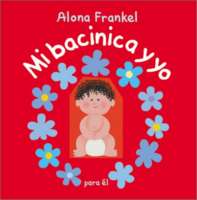
Alona Frankel’s best-selling Once Upon a Potty books, featuring the two loveable characters Prudence and Joshua, are now available in a Spanish language edition.
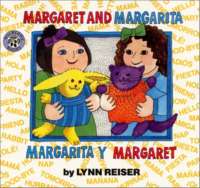
Margaret and MargaritaMargarita Y MargaretMargaret speaks English but not Spanish. Margarita speaks Spanish but not English. Can they still play? Of course they can! Join two robust girls who aren’t about to let anything spoil their fun.
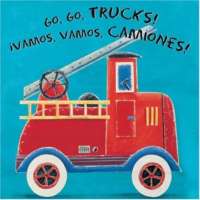
Sports car! (¡Coche deportivo!) Fire truck! (¡Camión de bomberos!)Jumbo jet! (¡Avión jumbo!) Sailboat! (¡Barco de vela!) Young children will love the colorful illustrations of speedy cars, tough trucks, zooming planes and busy boats! Simon Hart’s eye-catching artwork and the simple text in Spanish and English are perfect for little tots just learning to read and understand a second language .
A look at different pinatas and the various colors they come in.
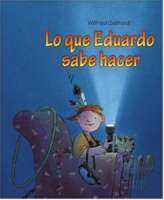
Eduardo is too busy imagining adventures to learn how to tie his shoes, but when his friend Clara is in trouble, his mother shows him that knowing how to tie your shoe can come in handy.
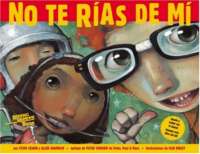
Originally published in 2002, DON’T LAUGH AT ME became an instant classic of child empowerment. Since then, the Don’t Laugh At Me programs have been adopted by dozens of school districts across the United States. Now with a Spanish edition, readers can further spread the book’s unforgettable message of acceptance and pride to stop the cycle of teasing.
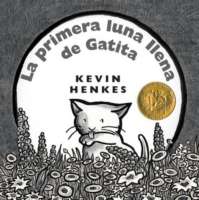
¡Qué noche! Hay luna llena. Gatita tiene hambre, está muy curiosa, y valiente, y obstinada. Tiene mala suerte . . . ¡y después buena suerte! ¡Qué noche!